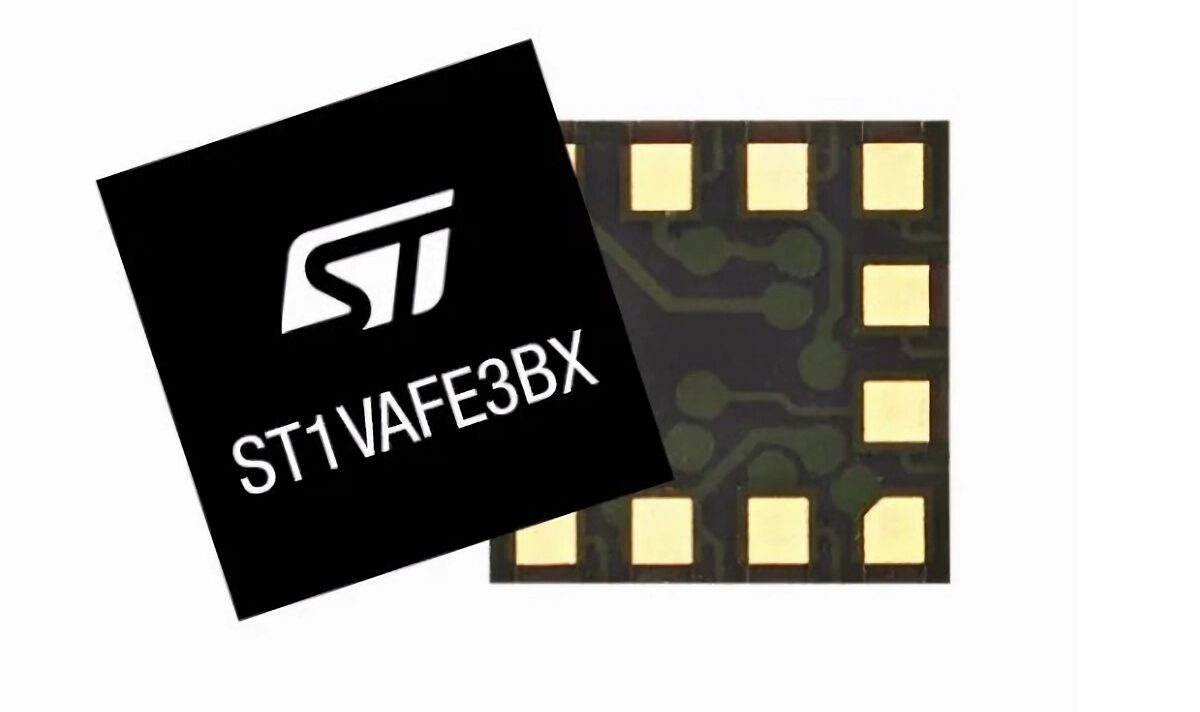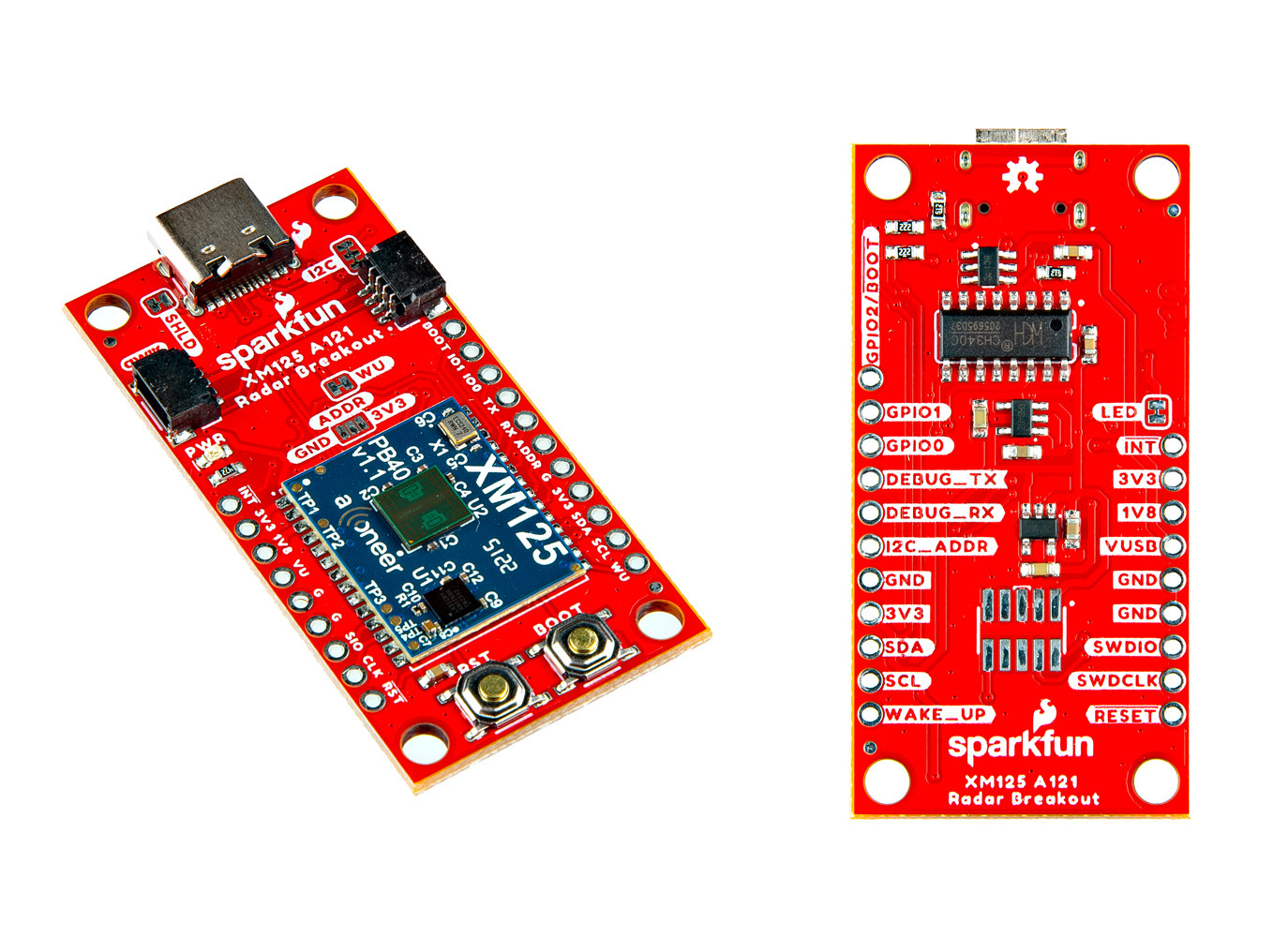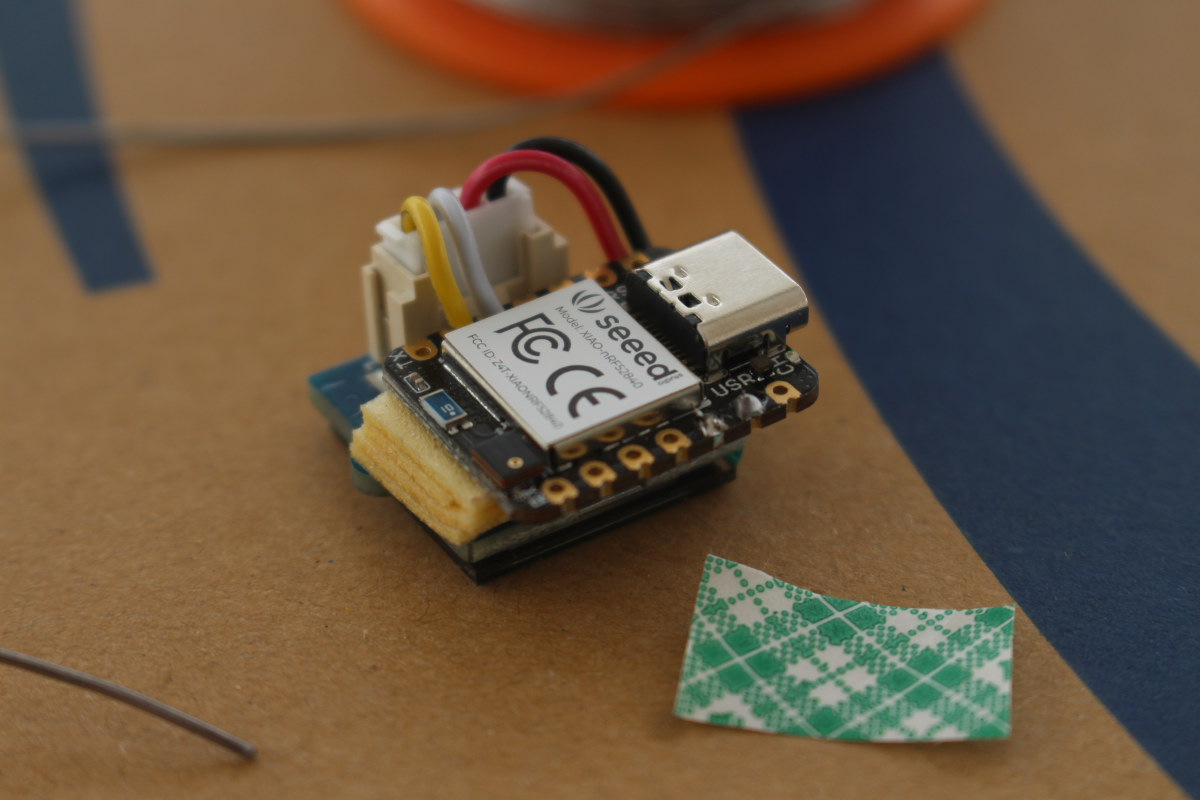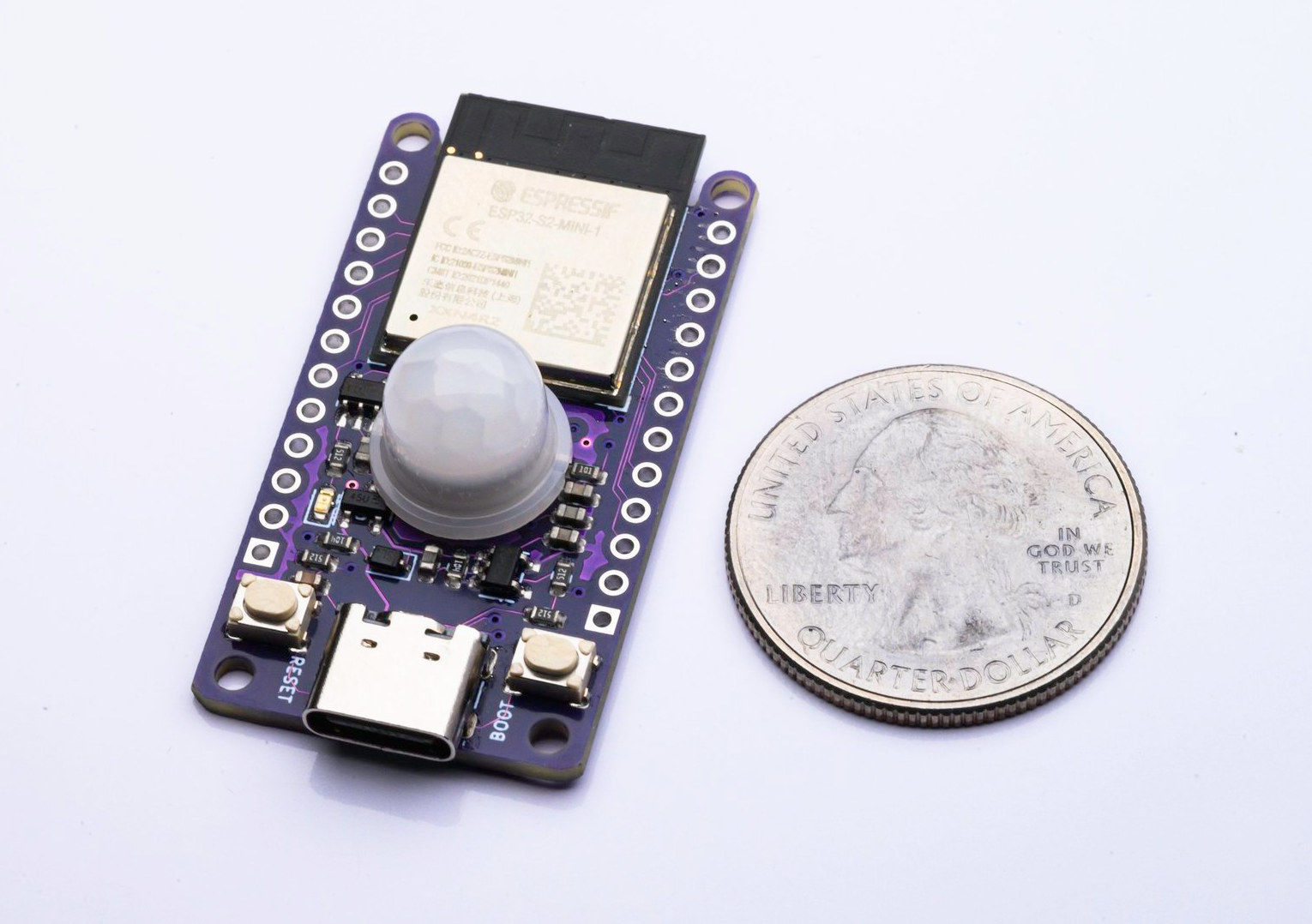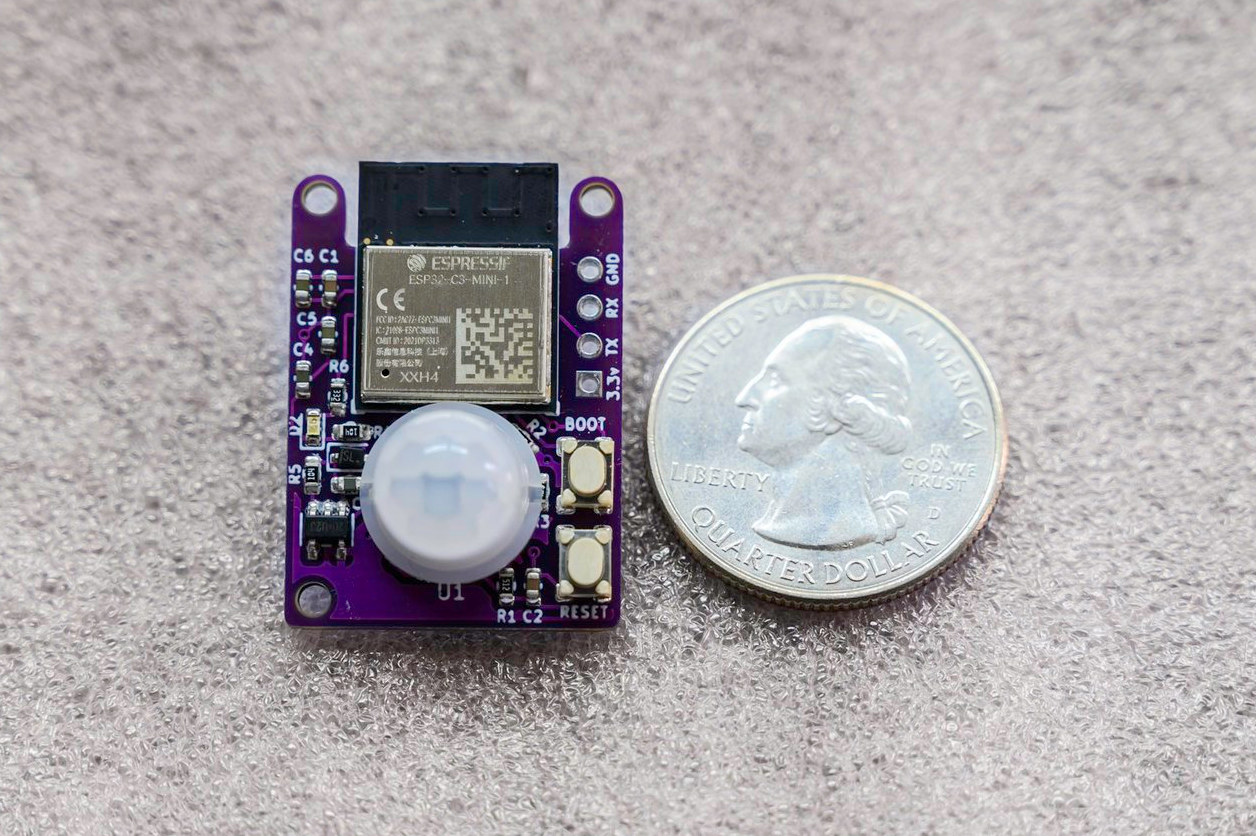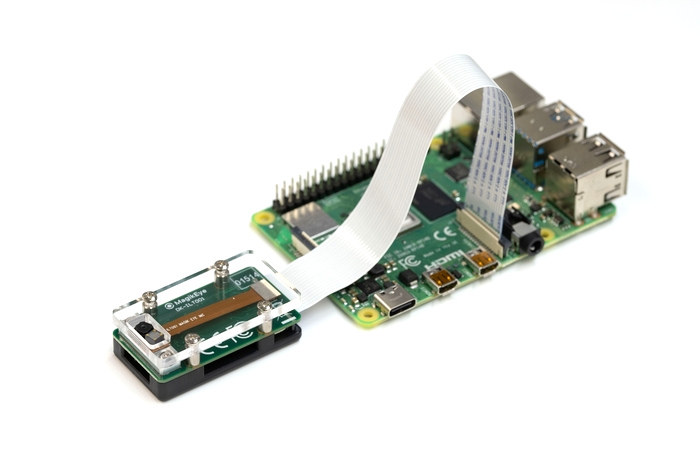STMicroelectronics (STMicro) has announced the ST1VAFE3BX biosensor, a highly integrated chip that combines “cardio and neurological sensing with motion tracking and embedded AI functionalities,” and is targeted at healthcare and fitness wearables. The ST1VAFE3BX biosensor chip integrates biopotential inputs with an accelerometer and a machine learning core for reduced power consumption. It features a complete vertical analog front end (vAFE) for simplified detection of vital signs in electrocardiography, electroencephalography, and other healthcare monitoring applications. Inertial sensing by the accelerometer is synchronized with biopotential sensing “to infer any link between measured signals and physical activity.” The integrated machine-learning core (MLC) and finite state machine (FSM) allow for ultra-low-power and accurate biopotential input recognition at a degree of responsiveness that is reportedly faster than the current industry standard. The ST1VAFE3BX is aimed at applications in healthcare and fitness wearables such as smartwatches, smart patches, sports bands, connected rings, and smart glasses. It […]
Sparkfun’s Pulsed Coherent Radar Sensor features Acconeer XM125 60 GHz module, works through walls, offers up to 20-meter range
SparkFun has launched a new Qwiic breakout board for the Acconeer XM125 60 GHz pulsed coherent radar sensor that can measure distance to humans even through walls and works at a distance of up to 20 meters. We’ve seen tiny 24GHz or 60GHz radar modules for several years now, and Supachai even reviewed the Seeed Studio mmWave sensor using ESPHome and Home Assistant late last year with the solution relying on Frequency-Modulated Continuous Wave (FMCW) technology. The Acconneer XM125 is a Pulse-radar module that emits electromagnetic waves in short bursts instead of continuously like FMCW radars and allows longer measurement ranges potentially at the cost of lower accuracy. Sparkfun Pulse Coherent Radar Sensor specifications: Acconeer XM125 Module A121 60GHz Pulsed Coherent Radar (PCR) Integrated baseband, RF front-end, and antenna in package Detects distance, speed, motion, and objects up to 20 meters away Millimeter precise readings Low power consumption STMicro STM32L431CBY6 […]
Trying out Edge Impulse machine learning platform on XIAO BLE Sense board
I had seen the Edge Impulse development platform for machine learning on edge devices being used by several boards, but I hadn’t had an opportunity to try it out so far. So when Seeed Studio asked me whether I’d be interested to test the nRF52840-powered XIAO BLE Sense board, I thought it might be a good idea to review it with Edge Impulse as I had seen a motion/gesture recognition demo on the board. It was quite a challenge as it took me four months to complete the review from the time Seeed Studio first contacted me, mostly due to poor communications from DHL causing the first boards to go to customs’ heaven, then wasting time with some of the worse instructions I had seen in a long time (now fixed), and other reviews getting in the way. But I finally managed to get it working (sort of), so let’s […]
Bee Motion ESP32-S2 PIR motion sensor offers GPIOs, over a year of battery life
Smart Bee Designs’ Bee Motion is an ESP32-S2 board with a PIR motion sensor, some GPIOs for expansion, and promising over a year of battery life under the right circumstances. If the name “Bee Motion” rings a bell, it’s because we covered the Bee Motion Mini board last month with an ESP32-C3 processor and a PIR sensor, but no USB port for programming and no expansion ability. It was just designed to be used as a battery-powered wireless PIR motion sensor. The Bee Motion expands the use cases of the solution, although it only features WiFi connectivity, and loses Bluetooth LE. Bee Motion specifications: Wireless module – Espressif ESP32-S2-MINI-1 module with Espressif ESP32-S2FH4 single-core 32-bit LX7 microcontroller @ up to 240 MHz, RISC-V ultra-low-power co-processor, 320 kB SRAM, 128kB ROM, 2.4 GHz WiFi 4 connectivity, 4MB flash, PCB antenna PIR sensor – Passive infrared motion sensor with dome lens, 5-meter […]
Bee Motion Mini board combines ESP32-C3 with PIR sensor
Designed by Smart Bee Designs, the tiny Bee Motion Mini combines an ESP32-C3 wireless RISC-V SoC with a PIR sensor for motion detection reporting over WiFi, Bluetooth LE, or Bluetooh Mesh. The board was designed to be as small as possible to fit into a 3D printed case with a LiPo battery and placed/hidden anywhere you want. Motion detection range is up to 5 meters, and the Bee Motion Mini can connect to services like MQTT, ITTT, or NodeRed to trigger other devices upon motion. Bee Motion Mini specifications: Wireless module – Espressif Systems ESP32-C3-MINI-1 module with ESP32-C3 WiFi and Bluetooth LE 5.0 RISC-V SoC up to 160 MHz, 4 MB embedded flash PIR sensor – Passive infrared motion sensor with dome lens, 5-meter range I/O- UART Tx/Rx for flashing firmware, 3.3V, and GND Misc – BOOT and RESET buttons Power Supply JST PH.20 connector for LiPo battery 3.3V via […]
MagikEye Developer Kit enables 120 fps 3D sensing on Raspberry Pi
MagikEye ILT001 developer kit (DK-ILT001) is a low-latency 3D sensing kit that connects to the Raspberry Pi’s MIPI CSI camera connector and features the company’s Invertible Light Technology (ILT) module with an infrared laser and a CMOS image sensor. The company says a “unique algorithm” developed in-house can generate 3D point cloud datasets acquired at high speeds (up to 120 fps) and with very low latency using simple hardware configuration. The kit targets researchers, students, and hobbyists working on machine vision, robotics, automated carriers, and other projects that can benefit from low-latency 3D sensing. MagikEye DK-ILT001 kit key features and specifications 850nm infrared light laser CMOS image sensor Range up to 1.5 meters (15 to 80 cm recommended) Compatibility – Raspberry Pi Zero W/3B/3B+/4 Power Supply – 3.3V (via MIPI Interface on Raspberry Pi) Power Consumption – 0.6W (average) Dimensions – 44 x 24 x 16 mm (within enclosure) Weight […]


